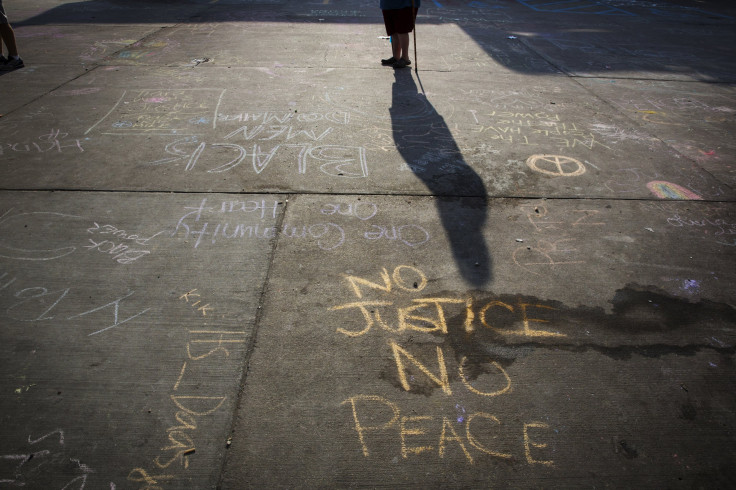How Many Police Shootings Have There Been? In The Aftermath of Michael Brown's Death, The Absence of Police Shooting Statistics Leaves The Question Unanswered

As the nation reels over the fatal police shooting of Missouri teen Mike Brown this week, it may come as a surprise that there is no official data on citizen deaths at the hands of police officers, despite a decades-old congressional mandate.
Official stats have been hampered by inconsistency, underreporting and scant participation from law enforcement agencies. Government statisticians have been forced to use Google News alerts to track the issue, but according to the Bureau of Justice Statistics (the research arm of the Department of Justice), even these efforts have been suspended.
In 1994, Congress instructed the Attorney General to start collecting data from law enforcement agencies across the United States on the use of excessive force by police officers, including when officers take a life, as part of the Violent Crime and Law Enforcement Control Act. They allocated over $1 billion in funding and ordered a summary to be released every year. In a report issued by the Congressional Committee on Civil Rights, experts say that without reliable national statistics, there’s no way to get a handle on the issue and effectively develop policies.
The Attorney General’s office passed the buck to other agencies in the Department of Justice, who in turn gave the bulk of the work to the International Association for Chiefs of Police. The National Institute for Justice and the Bureau of Justice Statistics released the first annual summary in 1996, which included only a small collection of existing data, since the department had still not established the means to collect it themselves and outlined a colection plan. The BJS would survey people on their experiences with police use of force and the International Association for Chiefs of Police would create National Police Use of Force Database, which would track all incidents where police officers used force.
But the IACP released its first report and final report in 2001 and since then no other annual summary has been released.
Representatives from the Department of Justice and the IACP did not reply to requests for comment in time for publication.
A crowdsourced database on Wikipedia provides the most recent data on shootings but shows only a fraction of cases compared to other sources. Jim Fisher, a former FBI agent, author and a professor of criminal justice at Edinboro University of Pennsylvania, tracked news of police-involved shootings in the U.S. throughout 2011 and posted the results to his blog. Fisher found nearly twice the number of cases.
Even official numbers still leave many details of these incidents unclear. While the FBI meticulously tracks criminal statistics from grocery store embezzlement cases to the number of officers killed in the line of duty, the only number it releases on police shootings relates to justifiable homicides, or shootings connected to felony cases that were investigated and cleared of wrongdoing.
The DOJ's Bureau of Justice Statistics began gathering data on people killed by police officers in 2001 as part of an initiative to monitor deaths in police custody. The Arrest-Related Death Reports include any deaths that occur during or briefly after an encounter with police. These numbers provide the most consistent and detailed look at the victims of police shootings.
But current reports cover only 2003 to 2009. All publications have been suspended by the BJS after questions emerged about the validity of the data, according to Andrea Burch, a statistician with the bureau. Just about half of the law enforcement agencies in the country submitted data, so staff collected the information themselves through Internet searches, including a dozen Google News alerts. Because of the voluntary nature of the program and the collection methods used, existing reports are being studied before they can release more, explained Burch.
Meanwhile, the FBI’s Justifiable Homicide Statistics are the only official numbers that will continue to be released regularly, leaving unjustified murders by police officers uncounted.
© Copyright IBTimes 2024. All rights reserved.




















